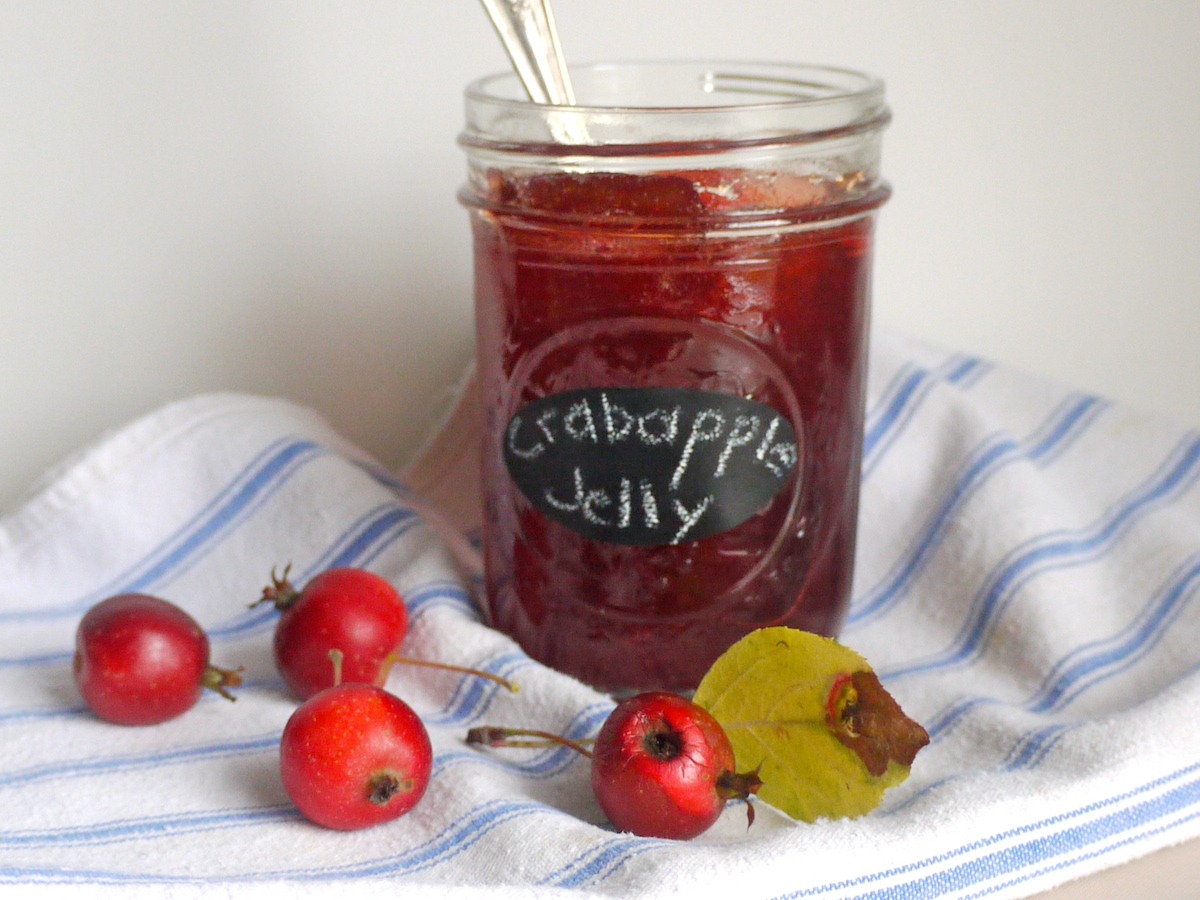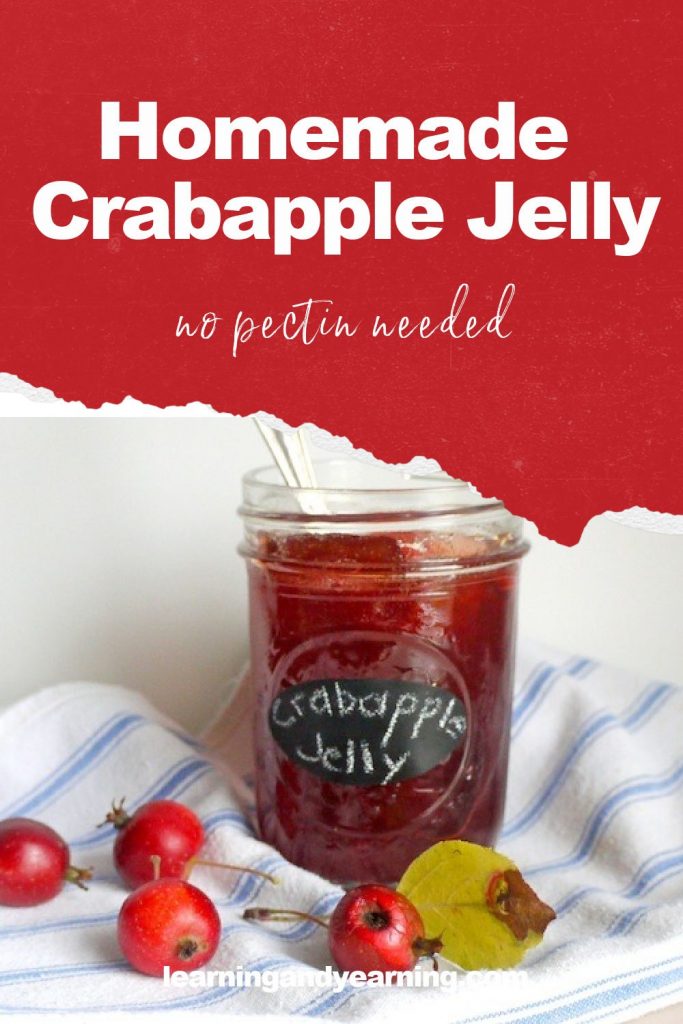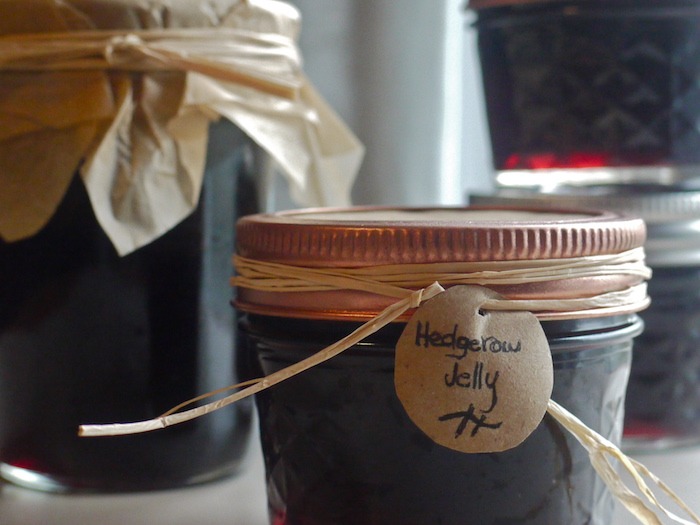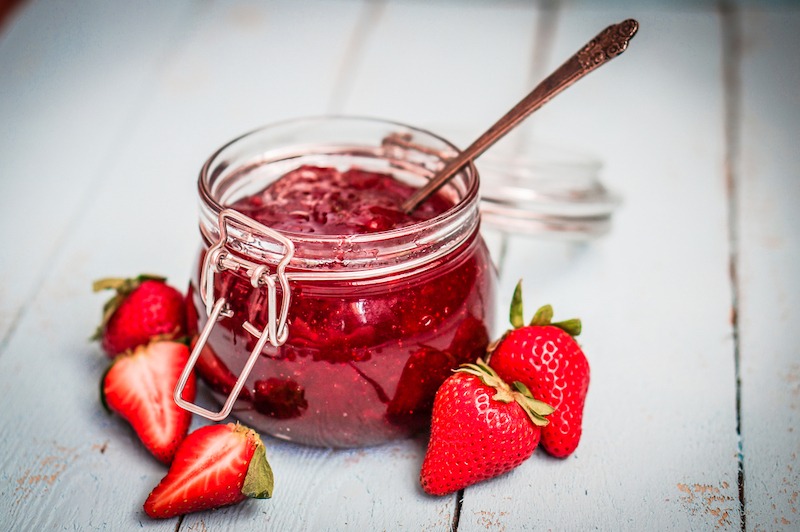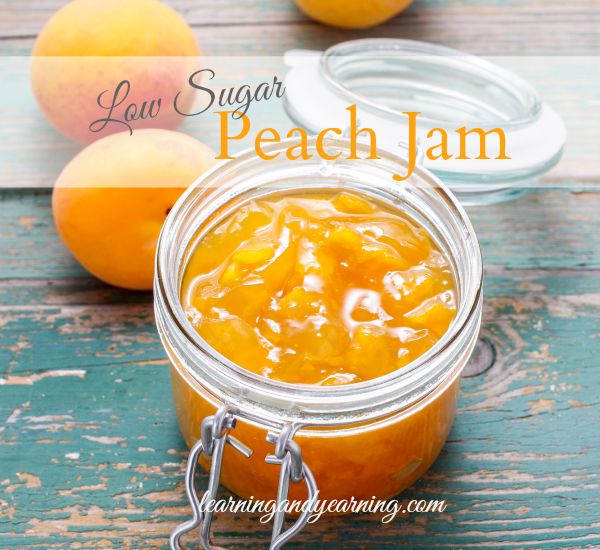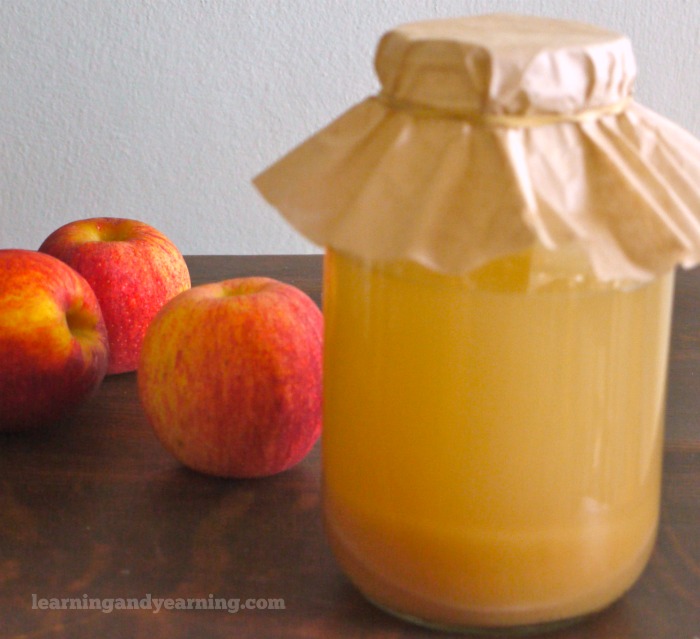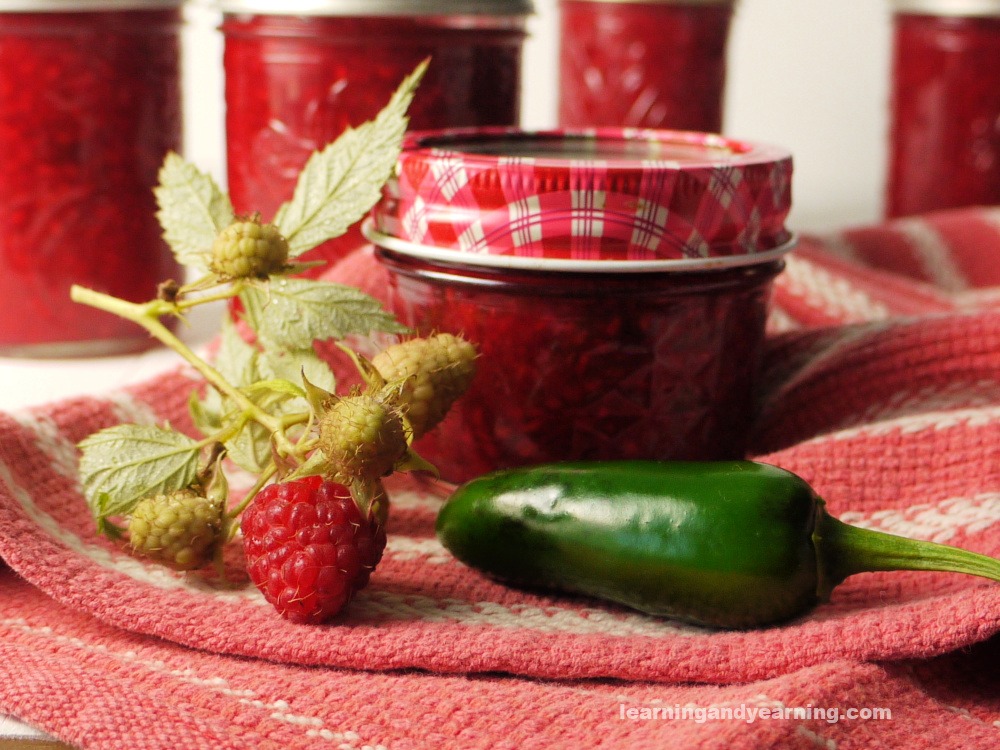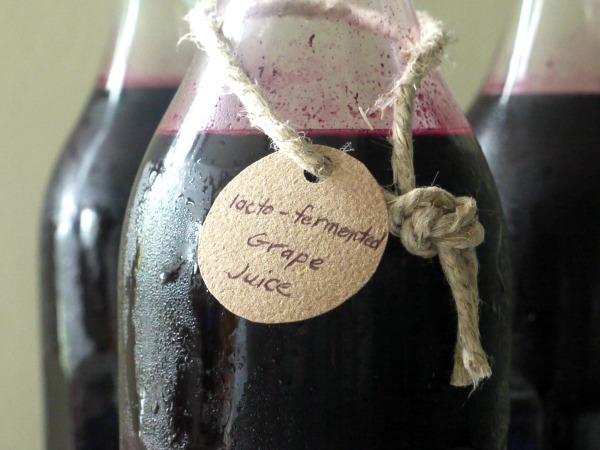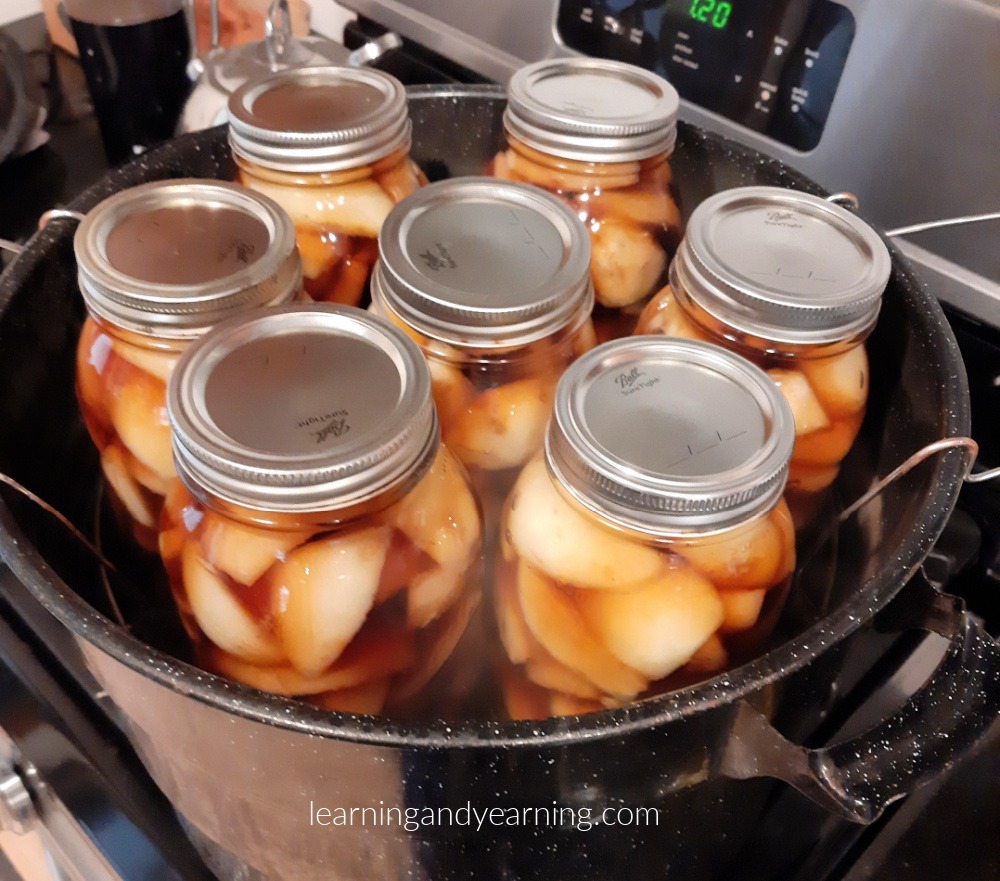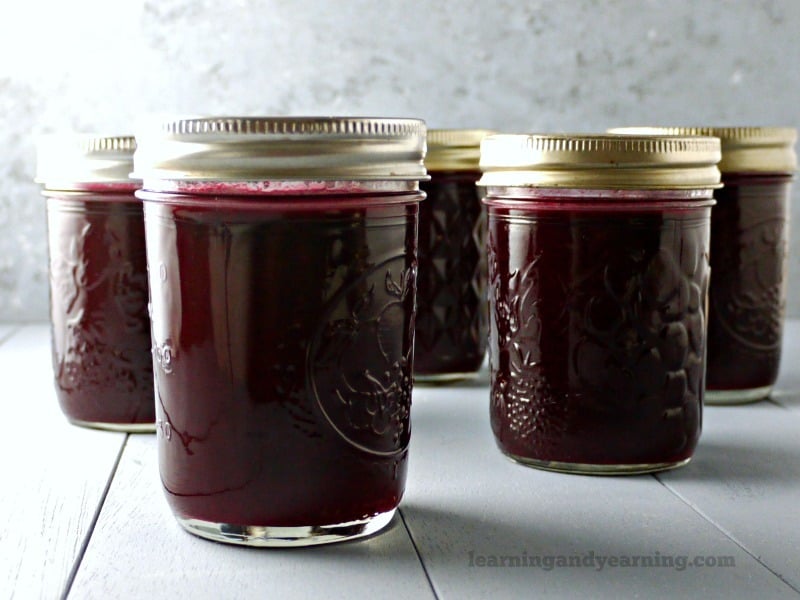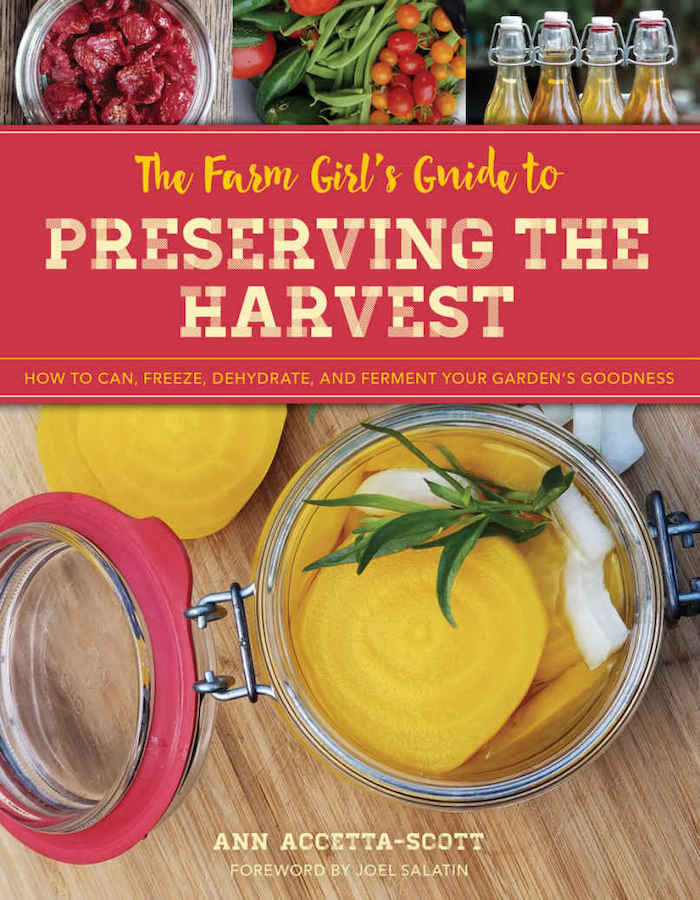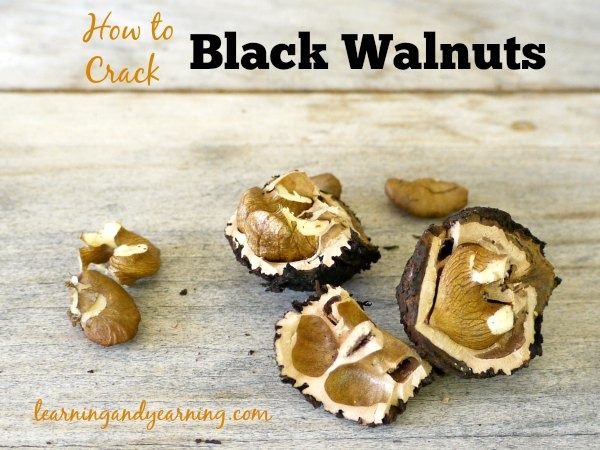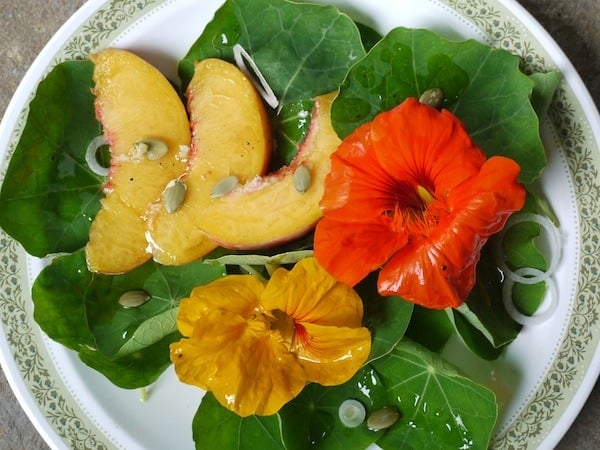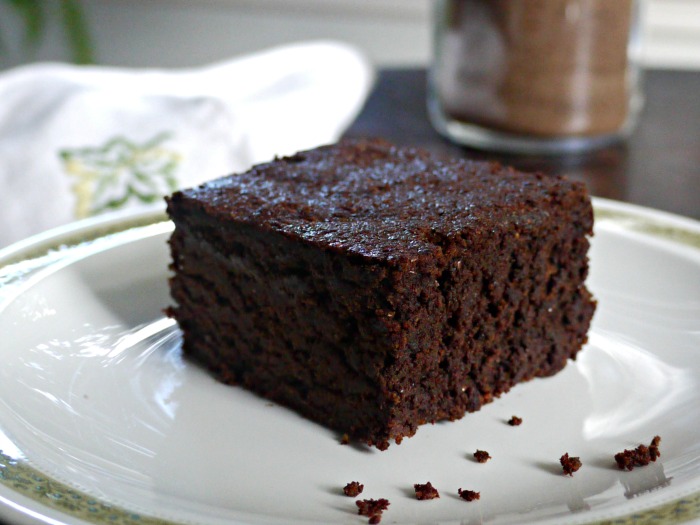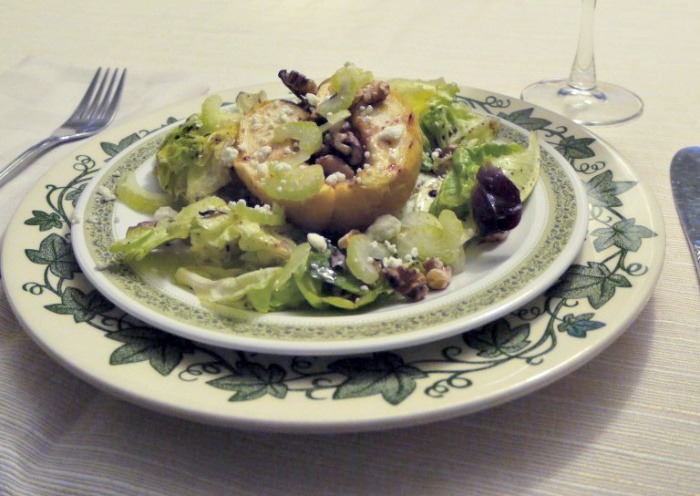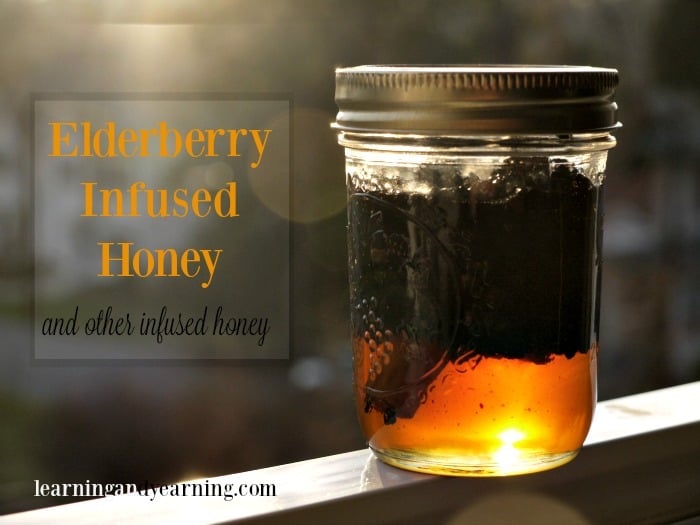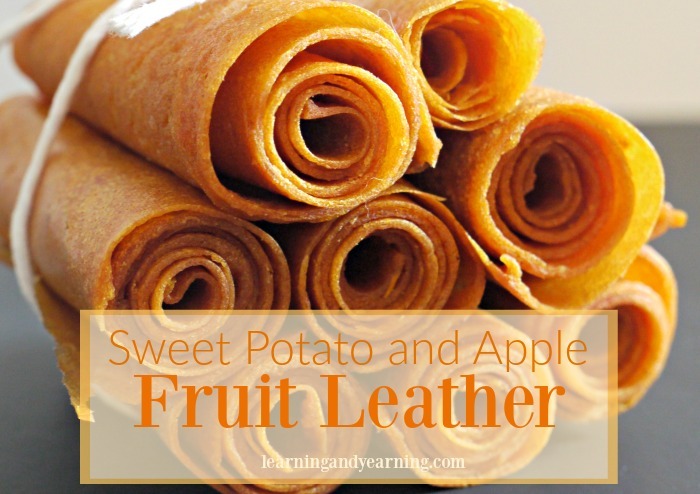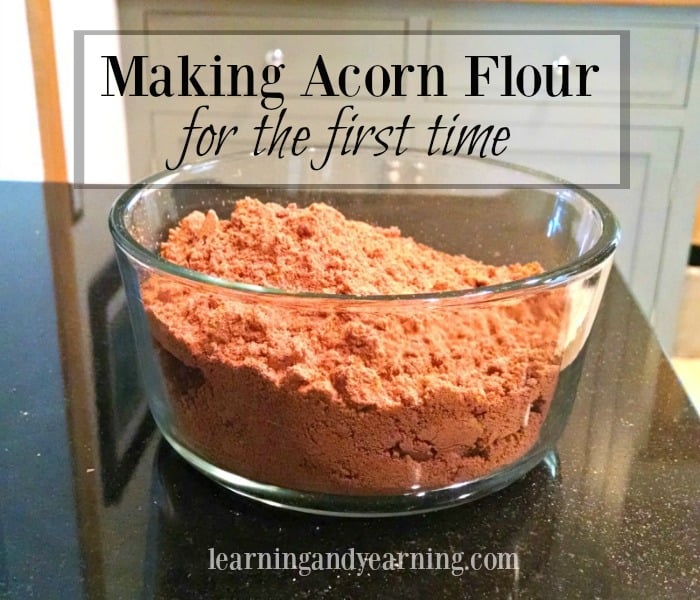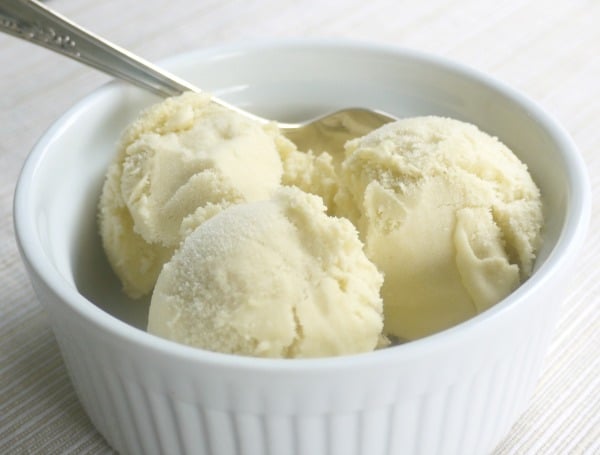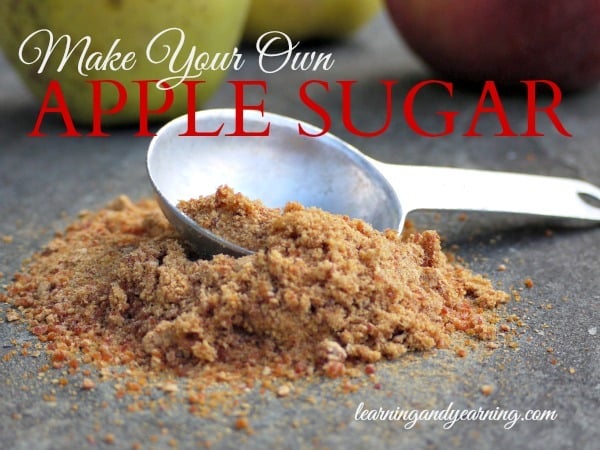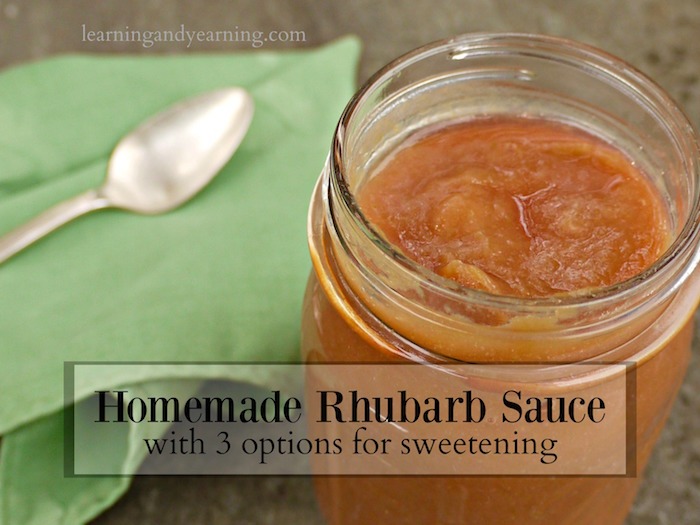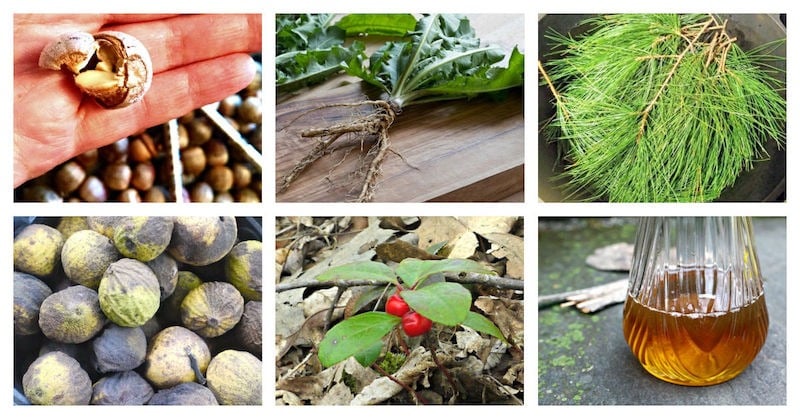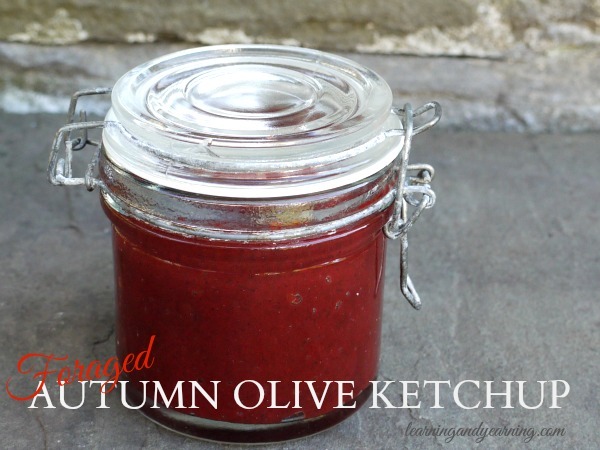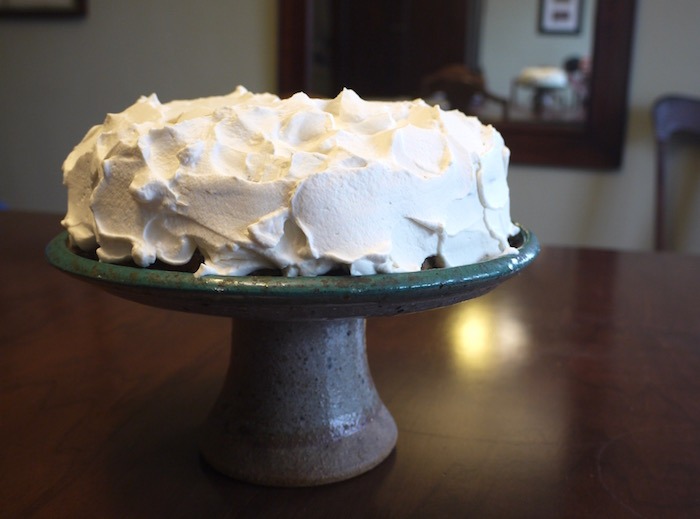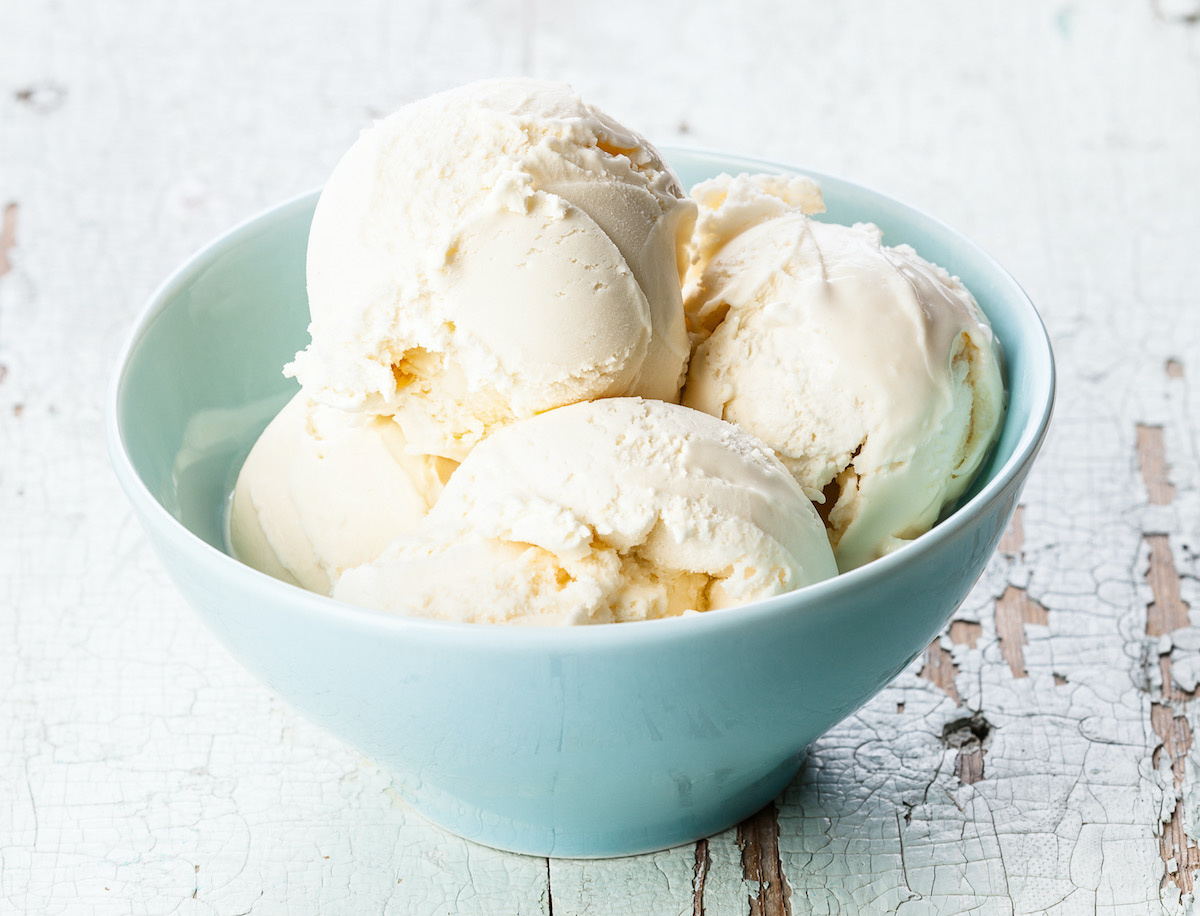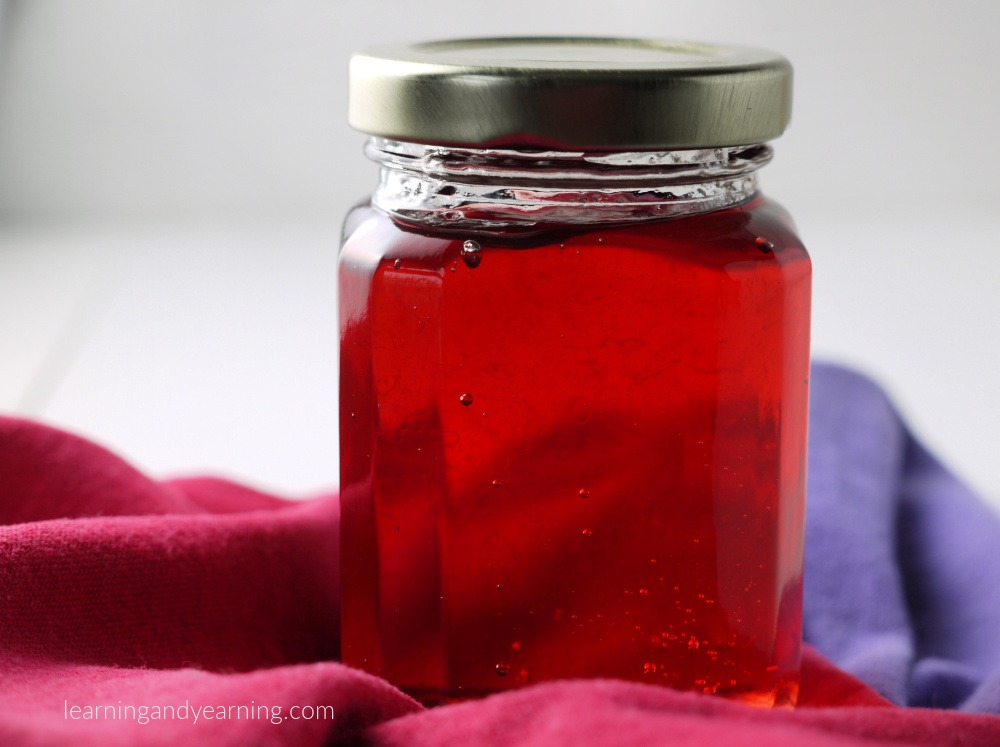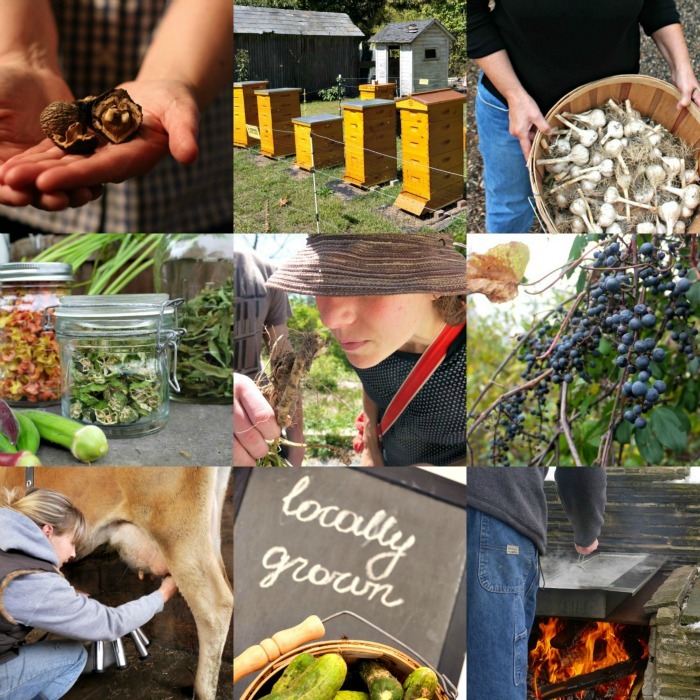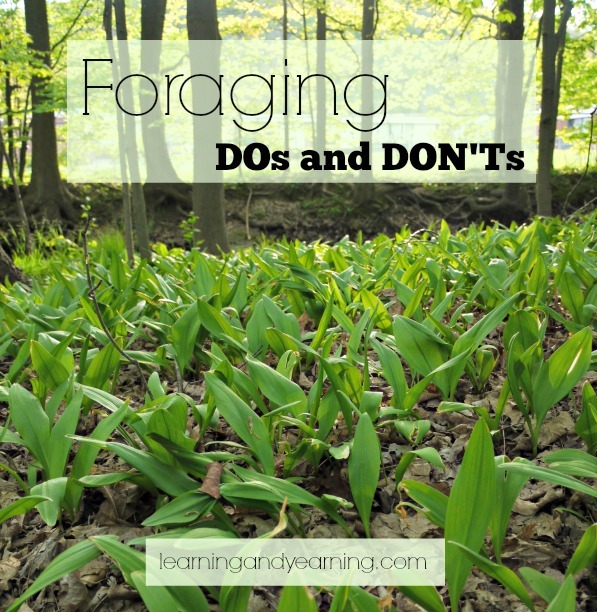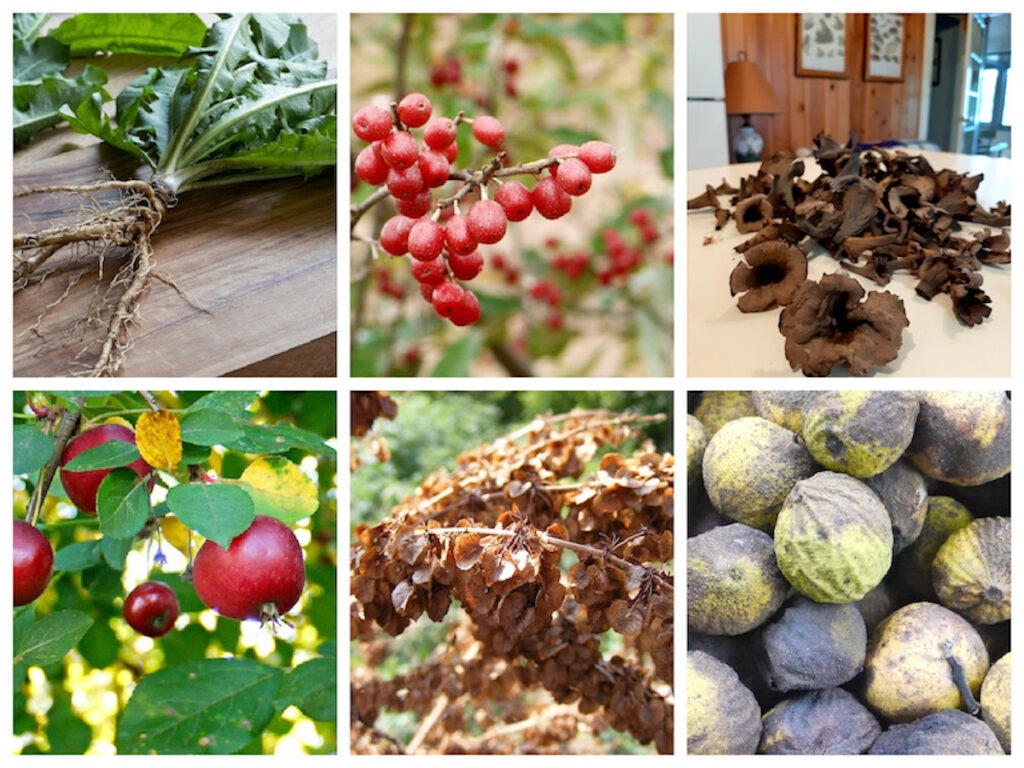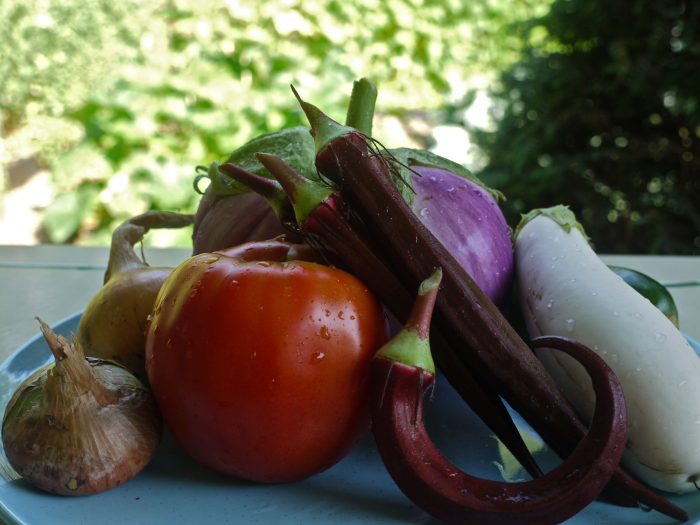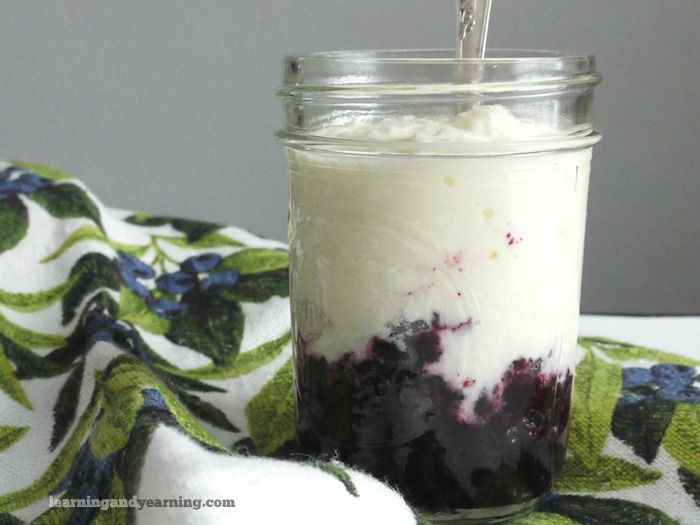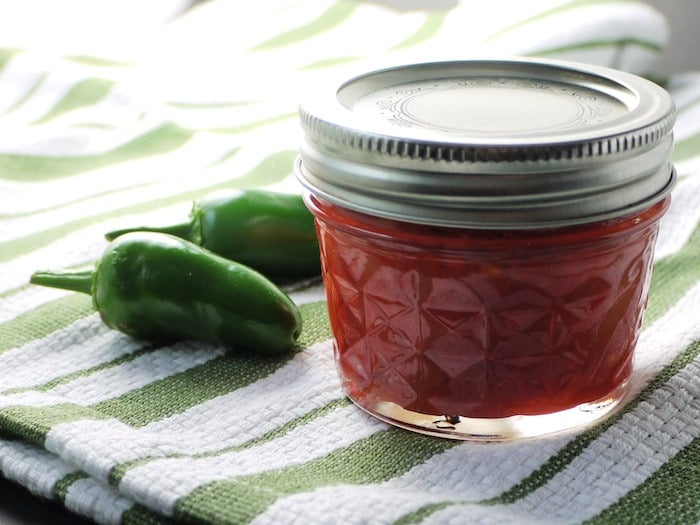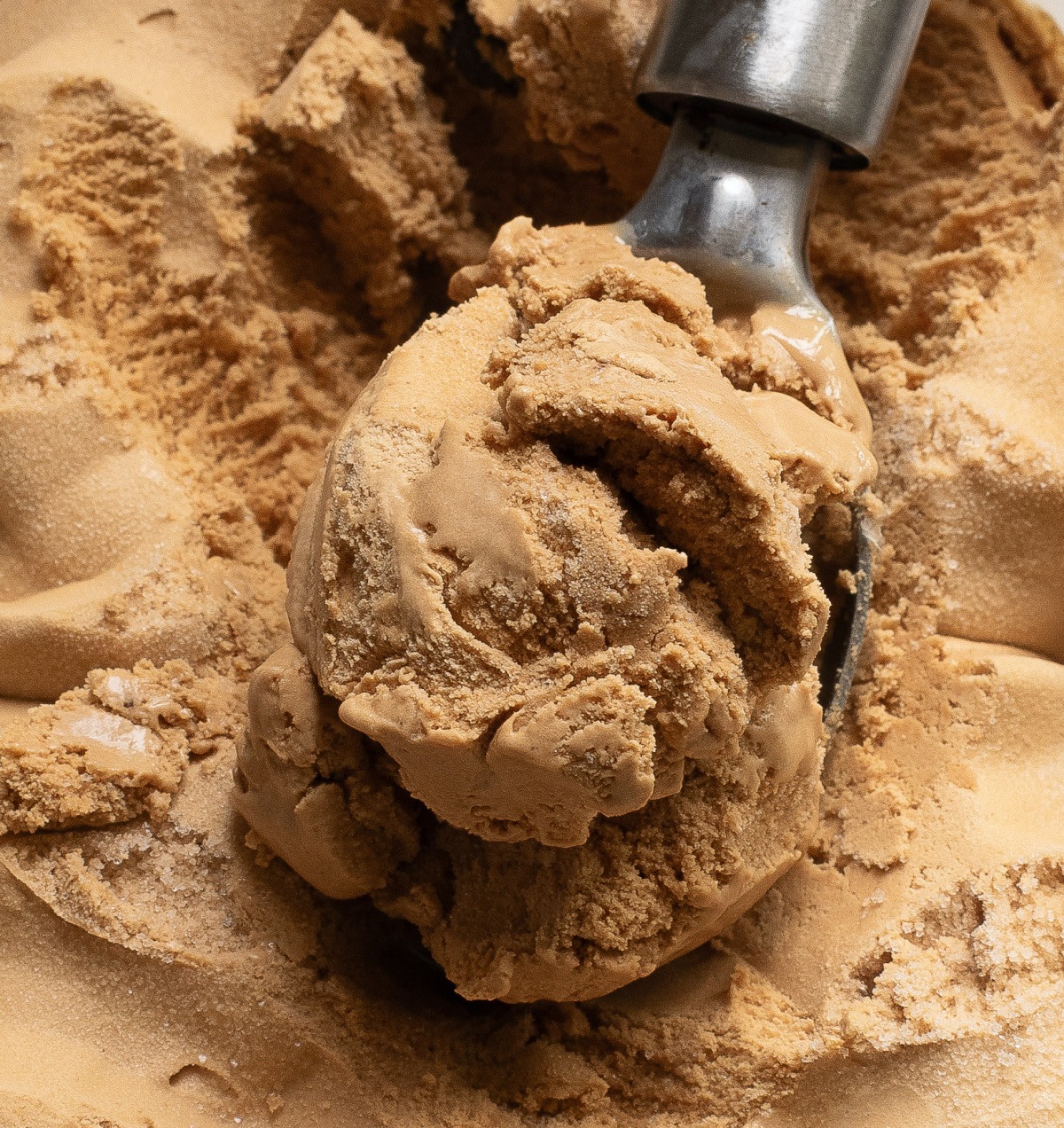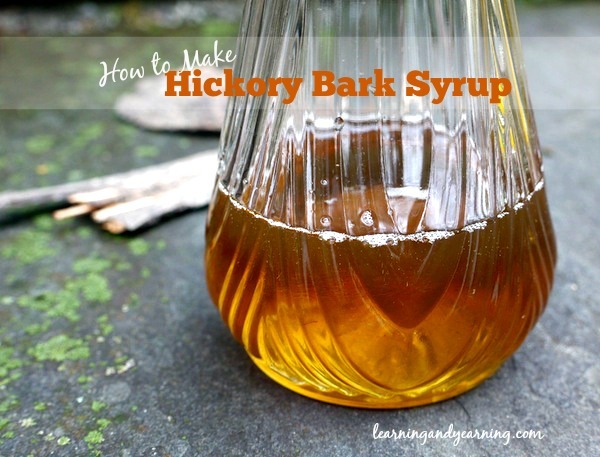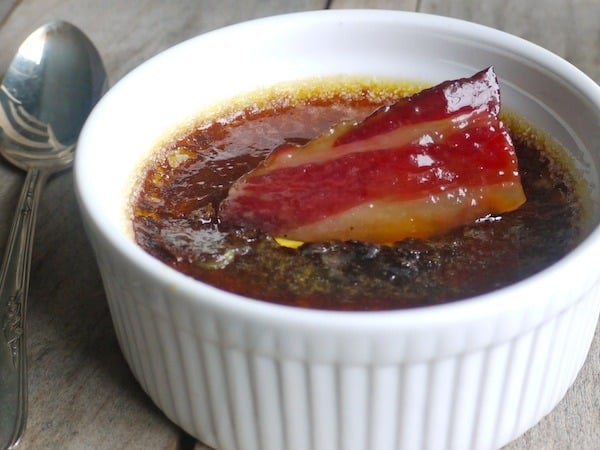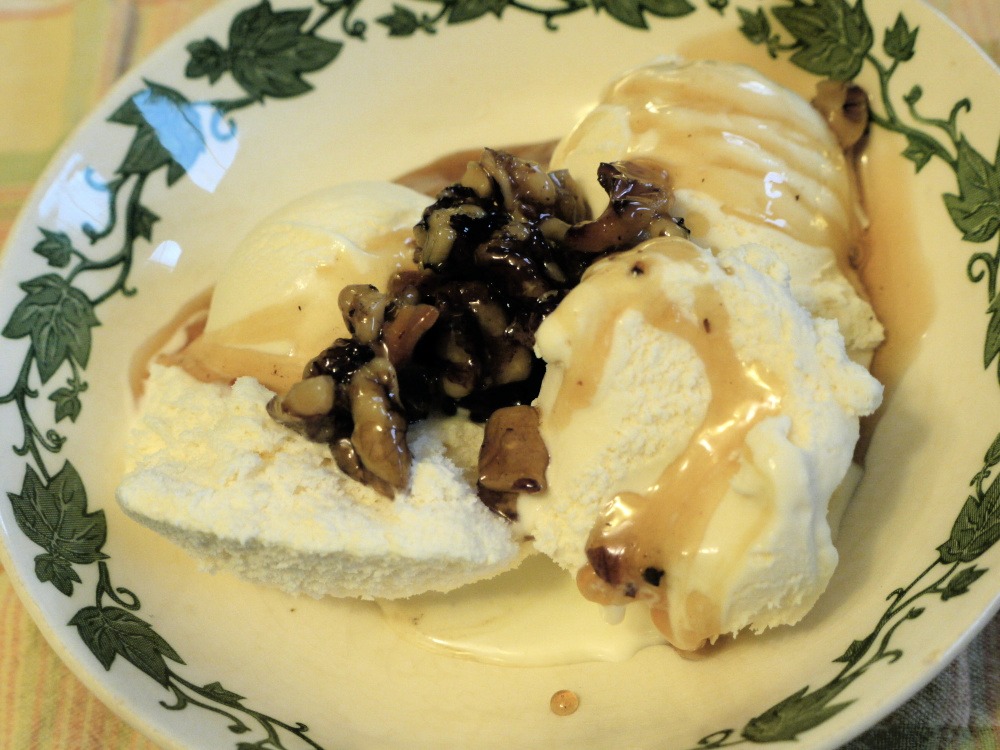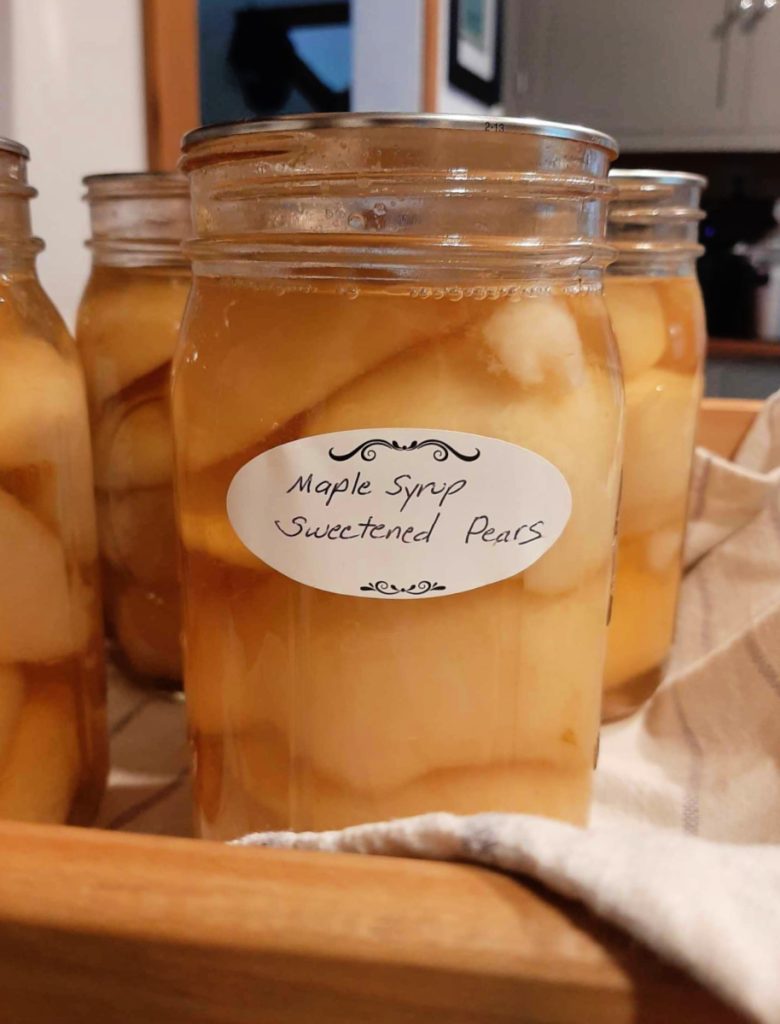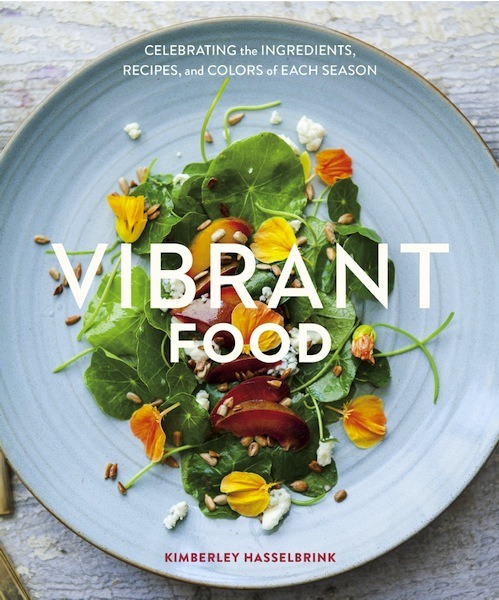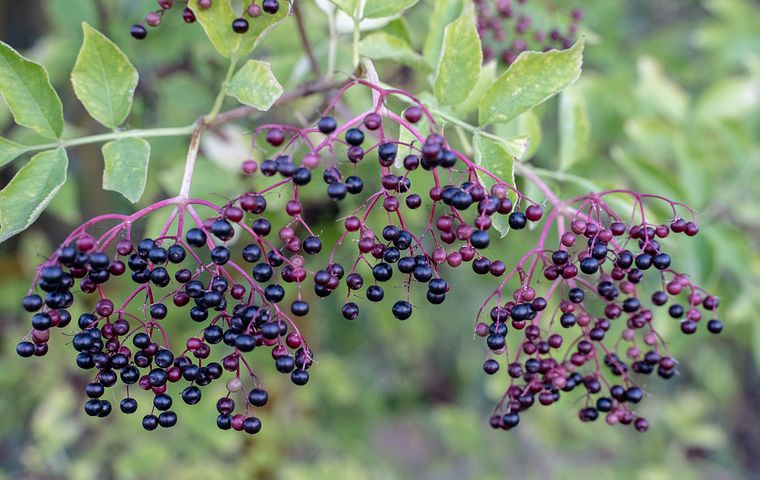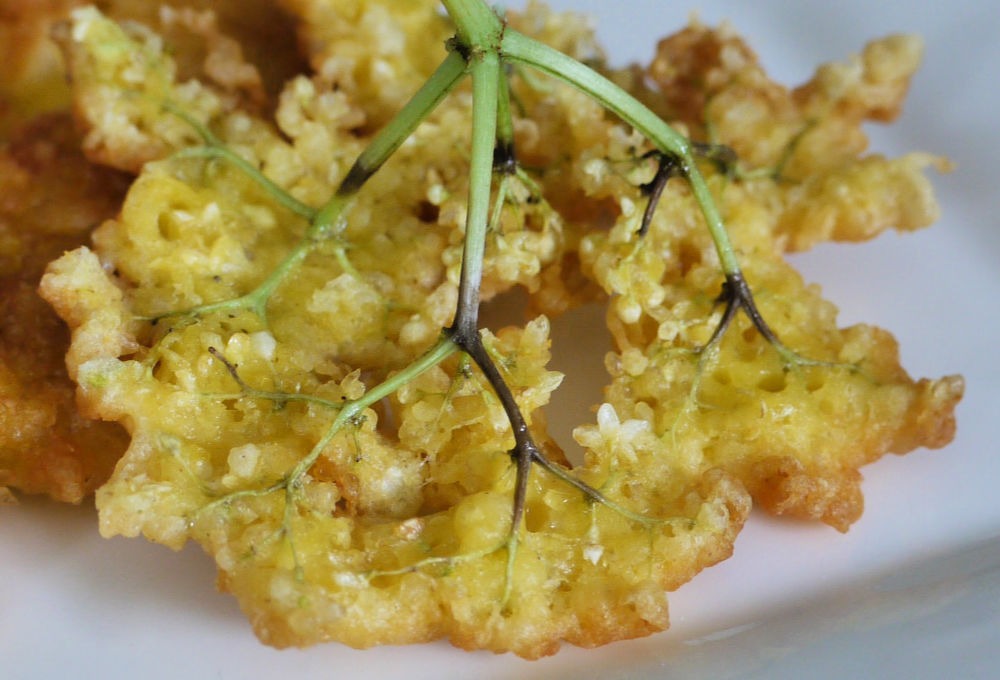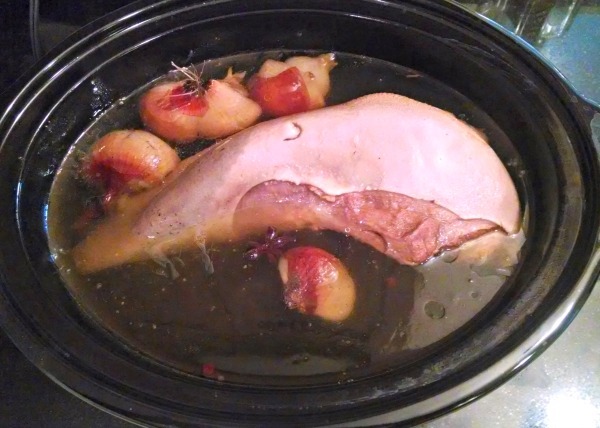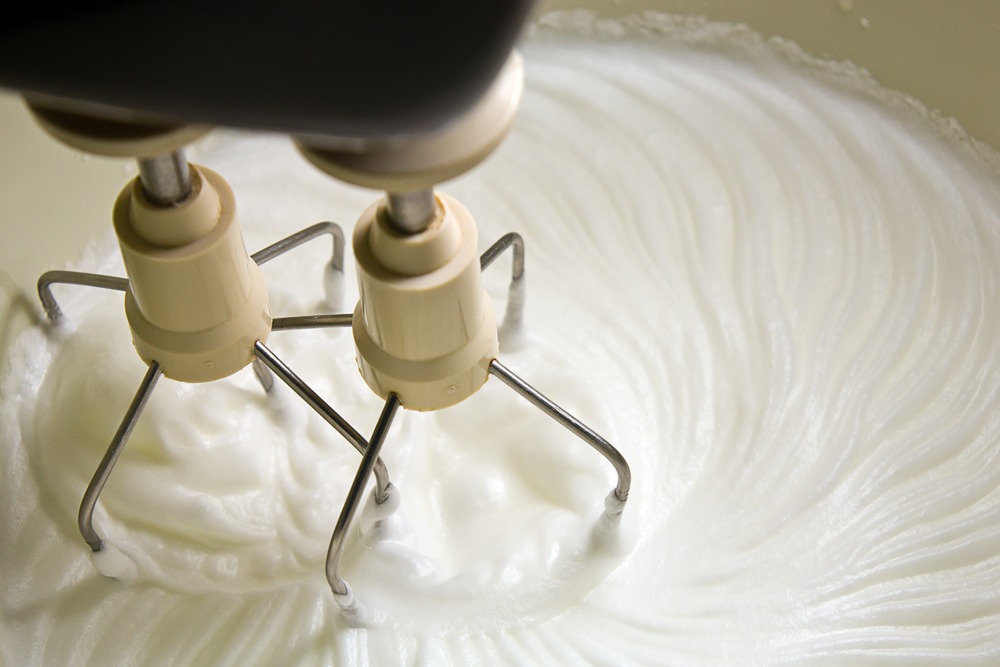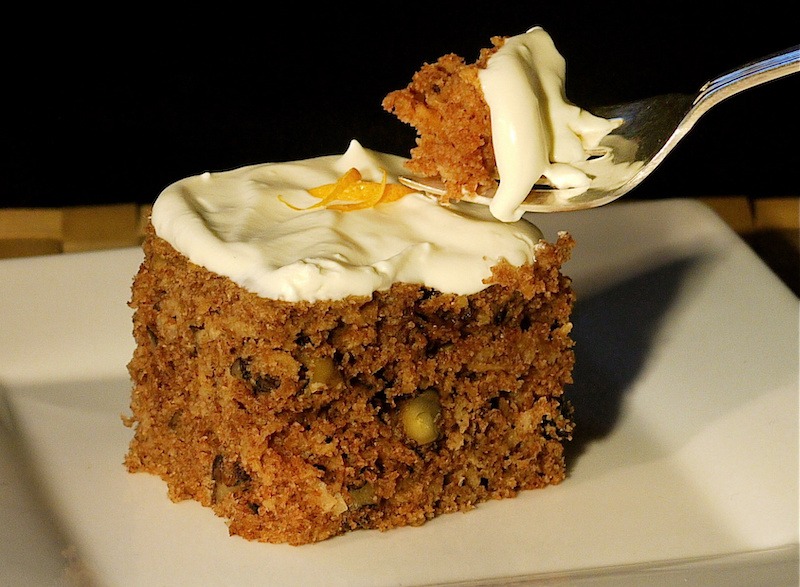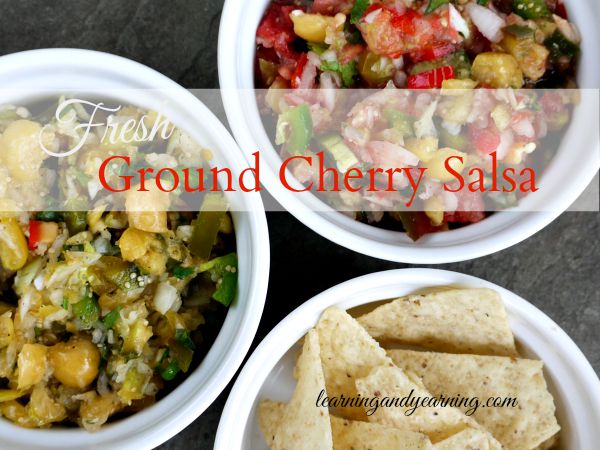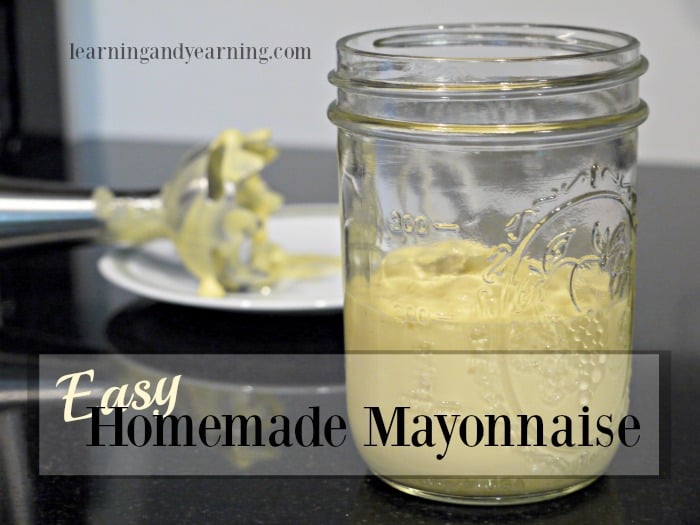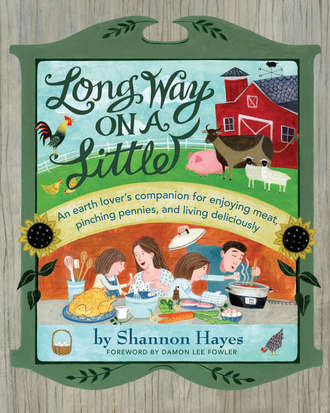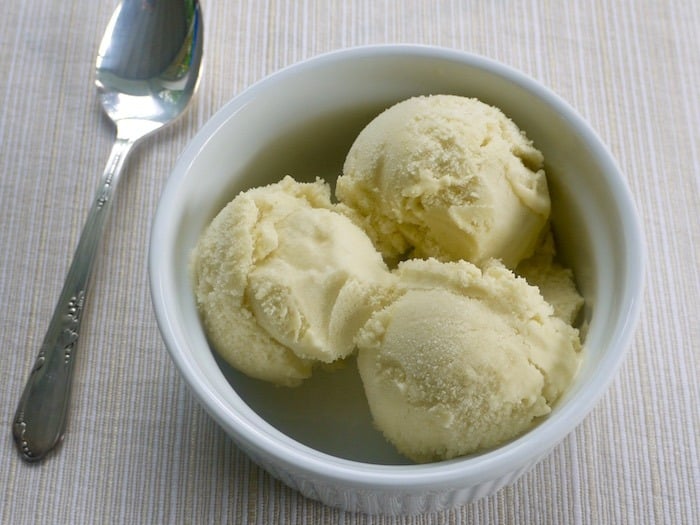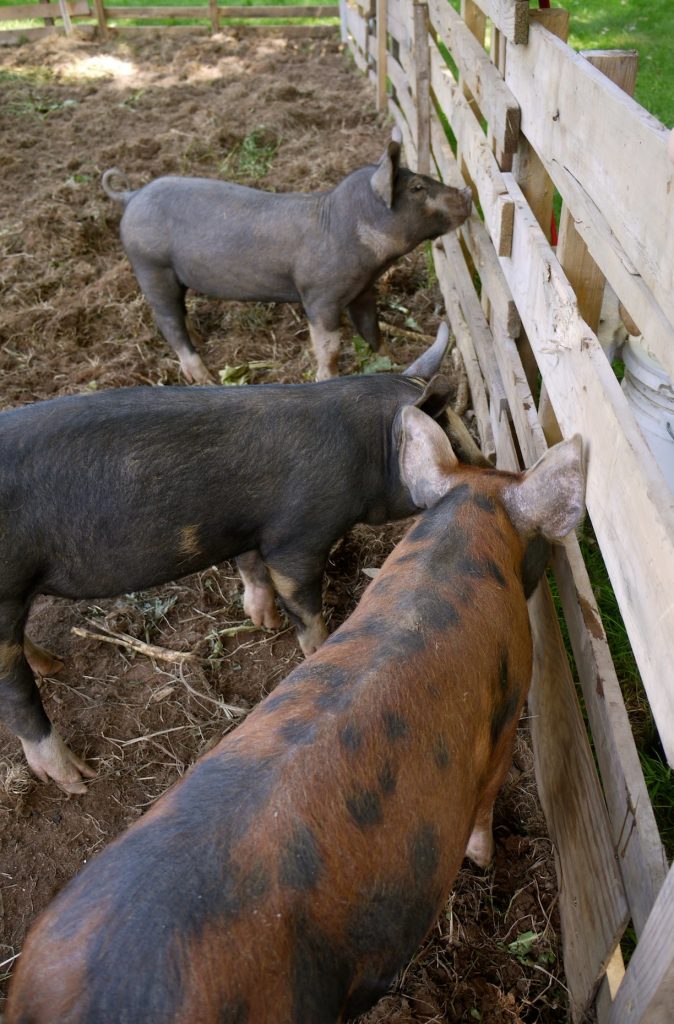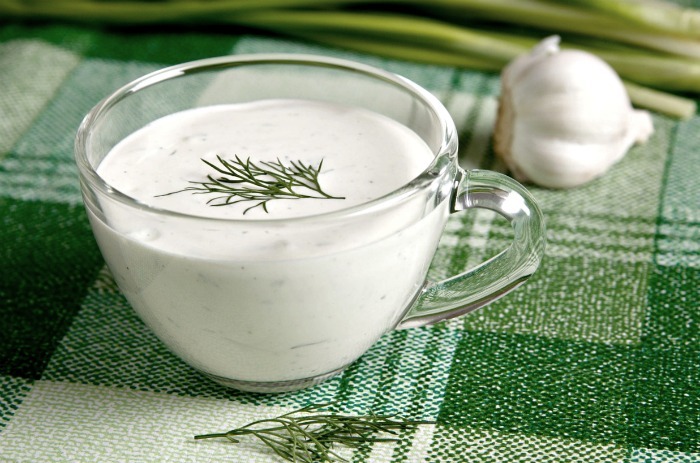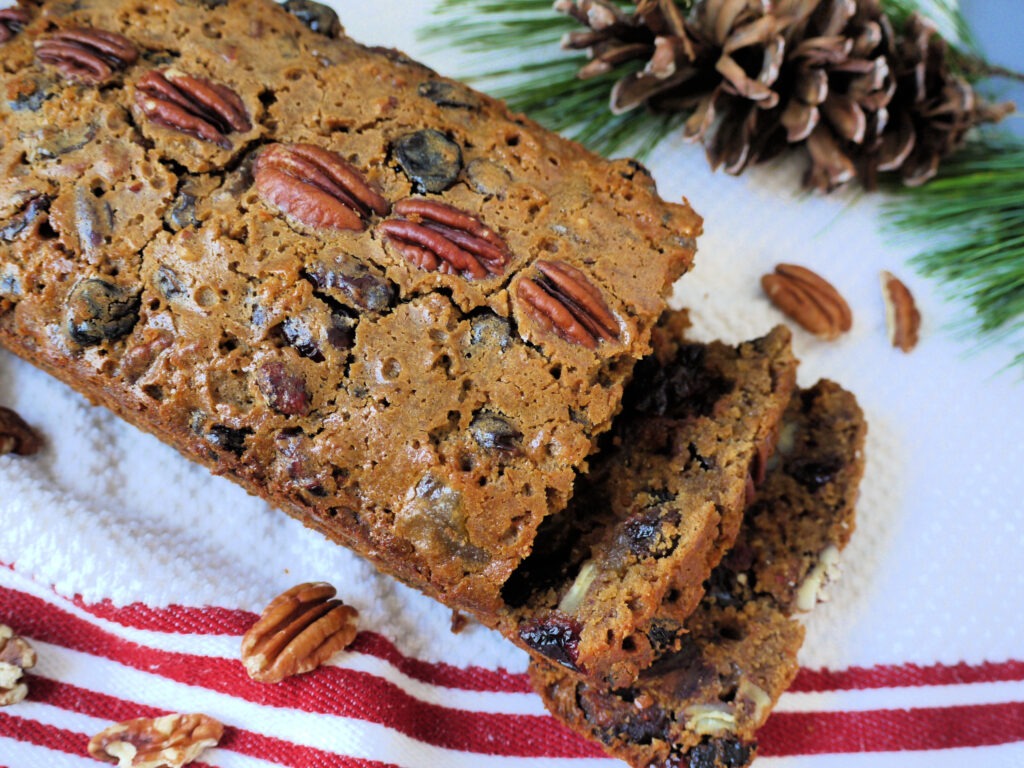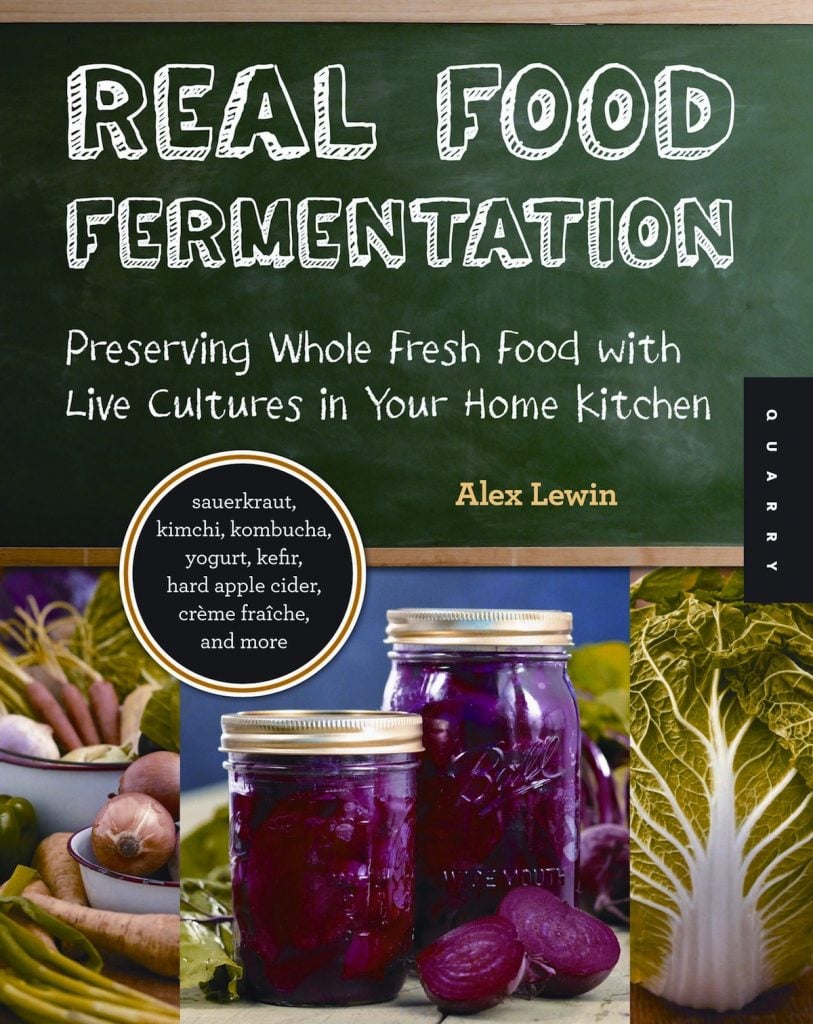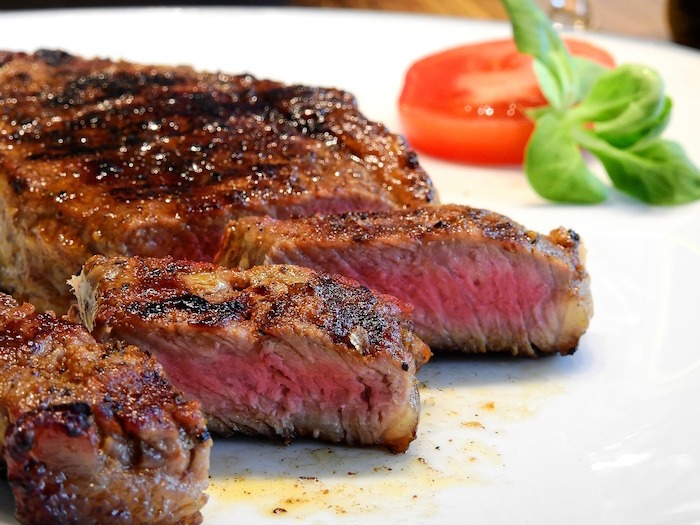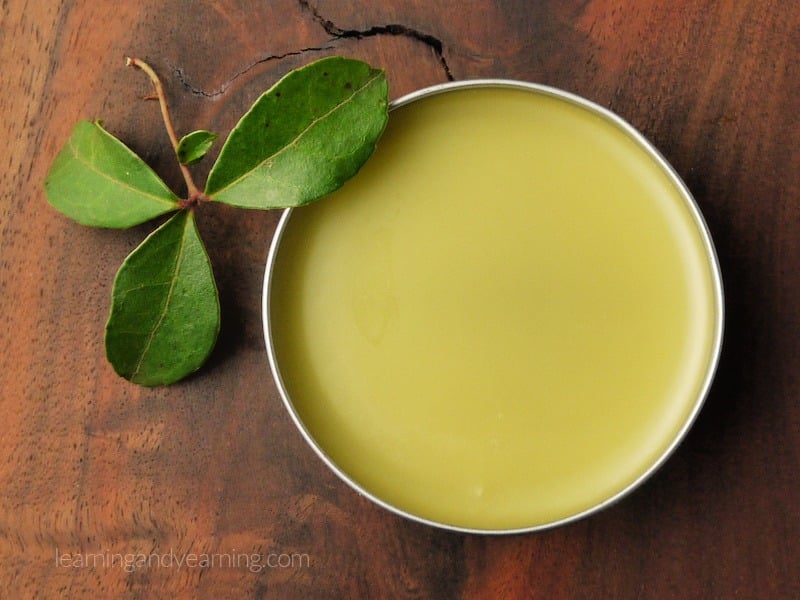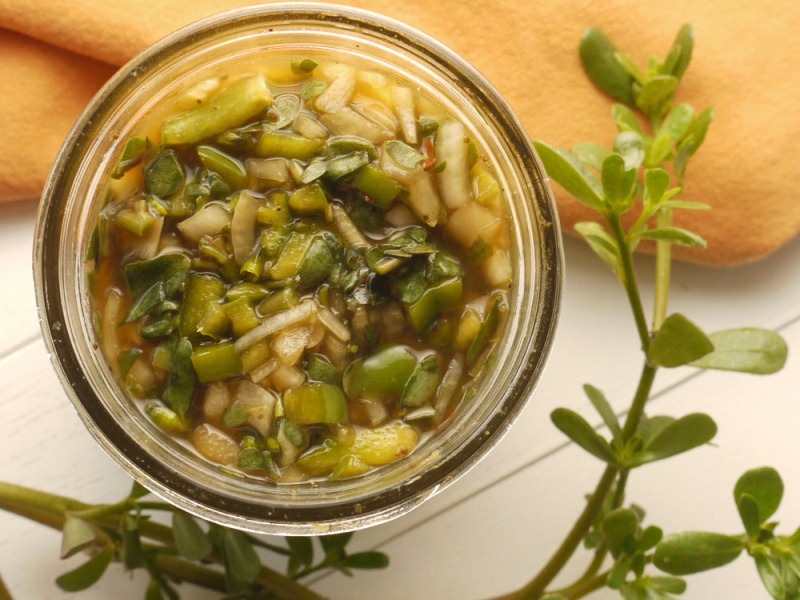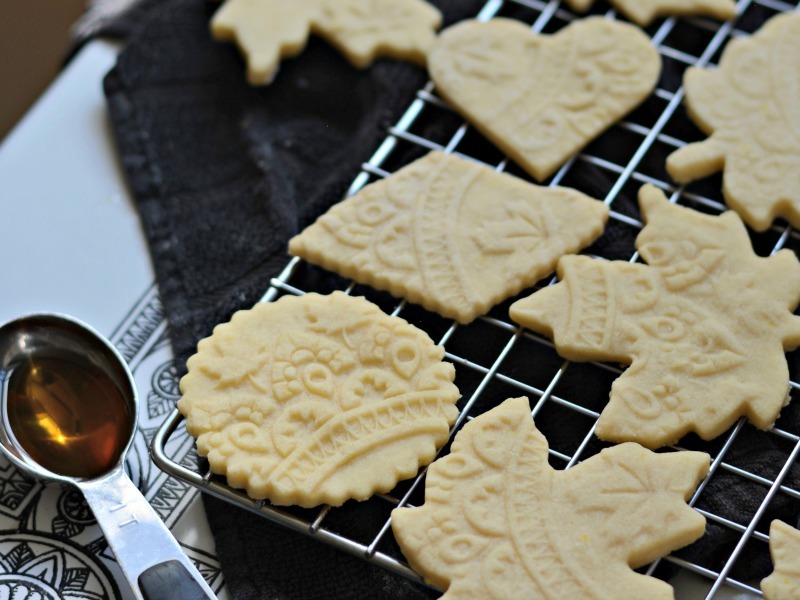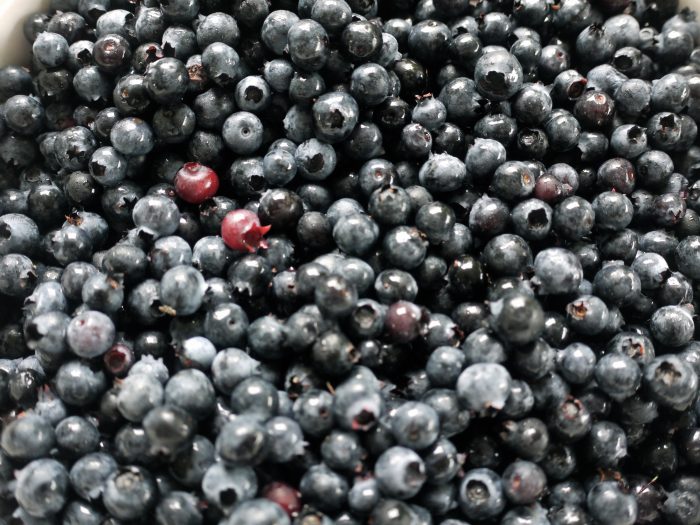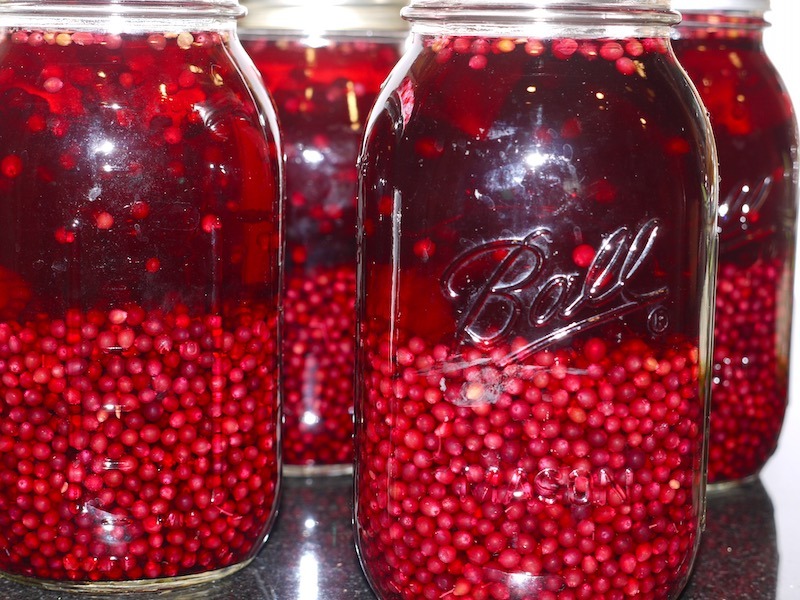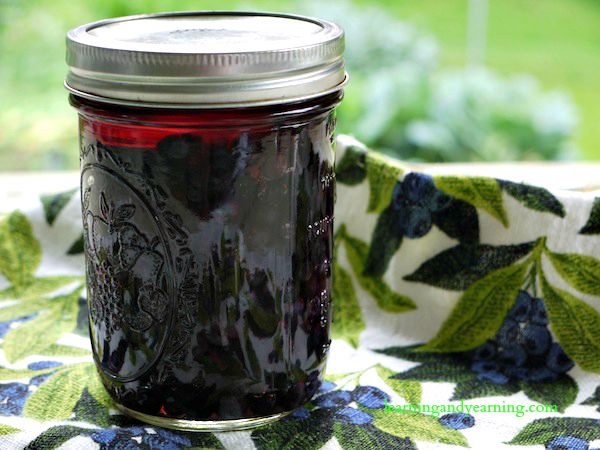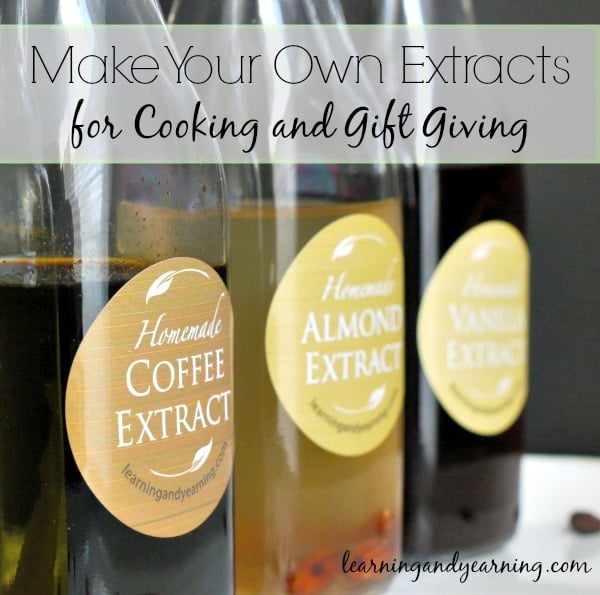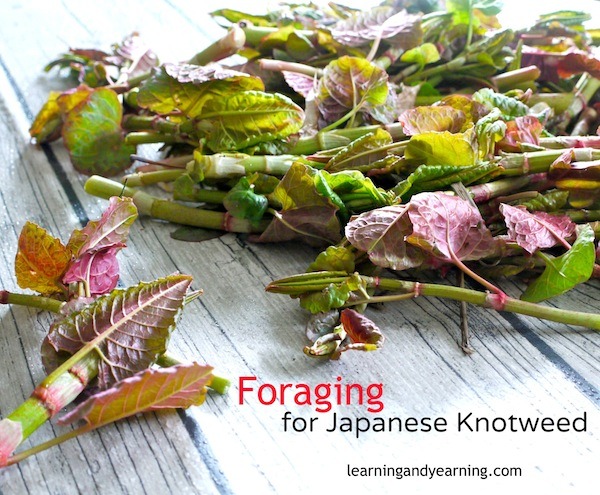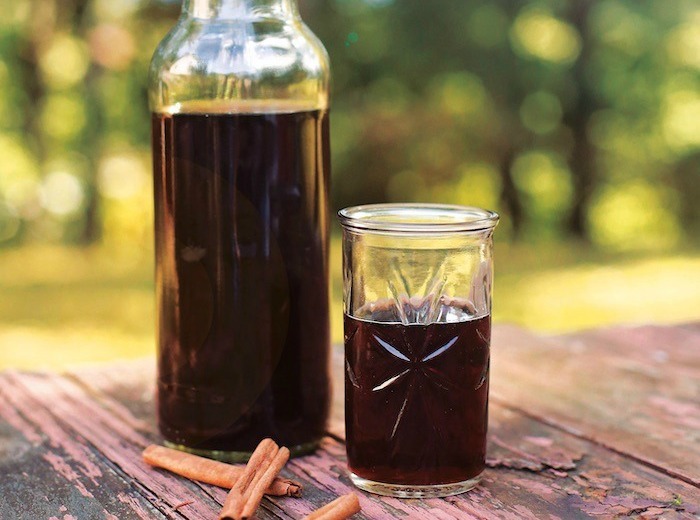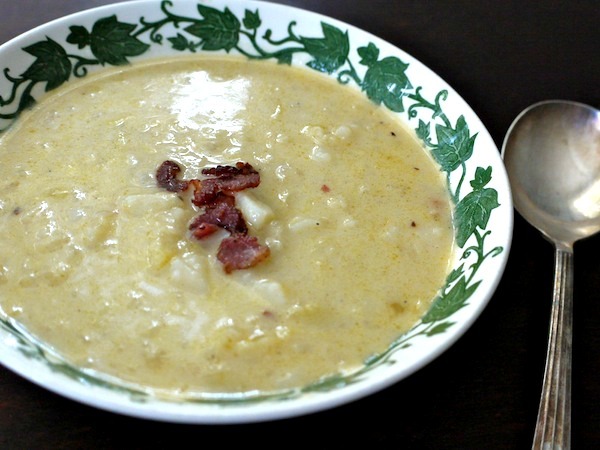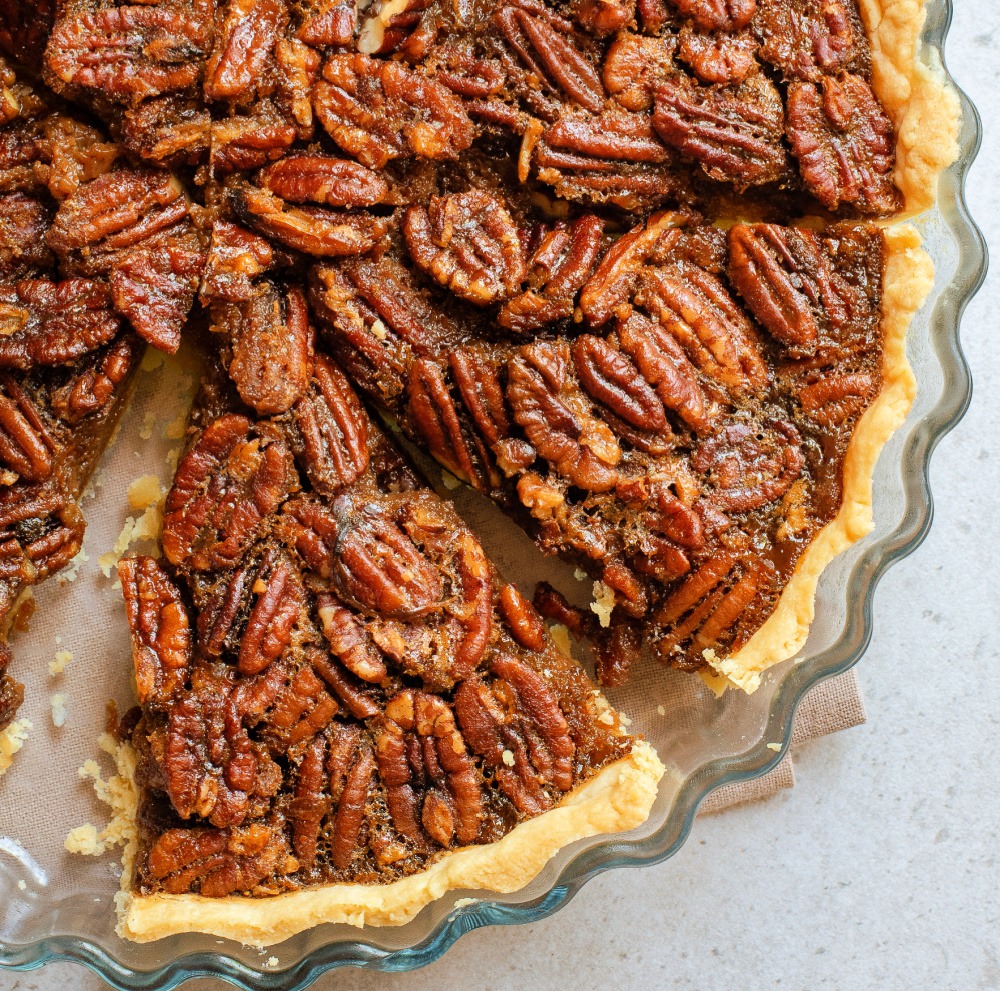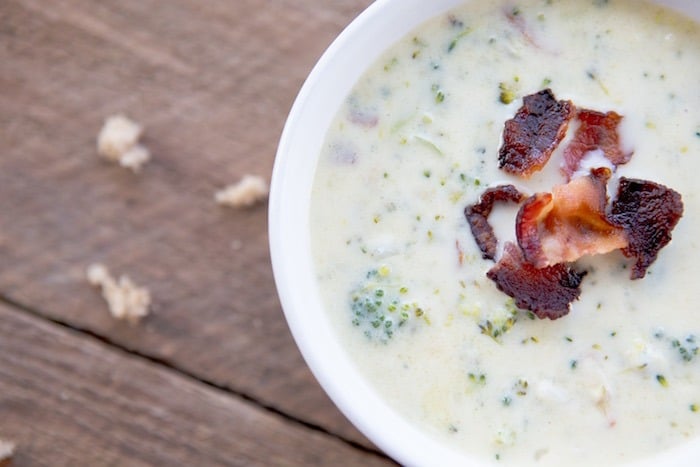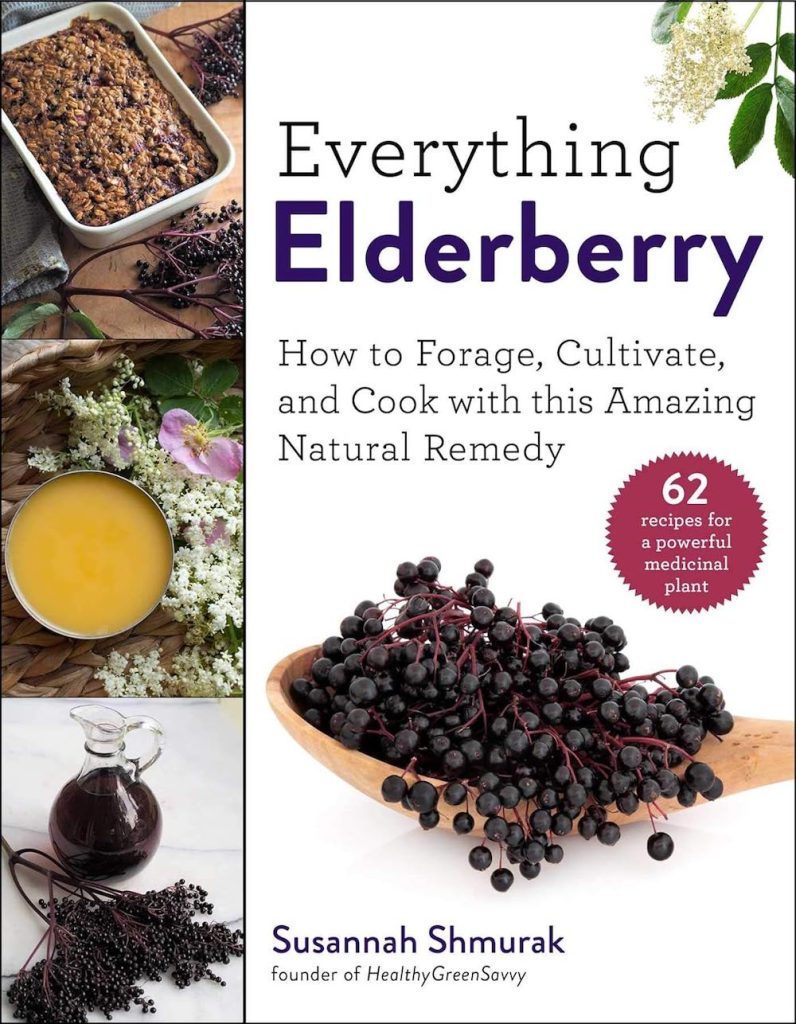Little House on the Prairie and Crabapple Jelly
Do you remember when, in Laura Ingalls Wilder’s book, Farmer Boy, Almanzo’s parents went away for a week and left the children at home to look after the farm? Mother kept a barrel of store-bought sugar in the pantry which was to last the year. One of her instructions to them while she was away? Don’t eat all the sugar!
But they made ice cream, and pulled candy, and pound cake, oh my.
They looked into the sugar-barrel and they could see the bottom of it. Only Alice tried to be cheerful. “We must hope for the best,” she said, like Mother. “There’s some sugar left. Mother said, ‘Don’t eat all the sugar,’ and we didn’t. There’s some around the edges.”
Farmer Boy has to be my favorite of the “Little House” books. And why not – it’s about food after all! For the Ingalls, getting enough to eat was often a struggle. Store-bought sugar would not have been a common part of their larder. Not so for the Wilders.
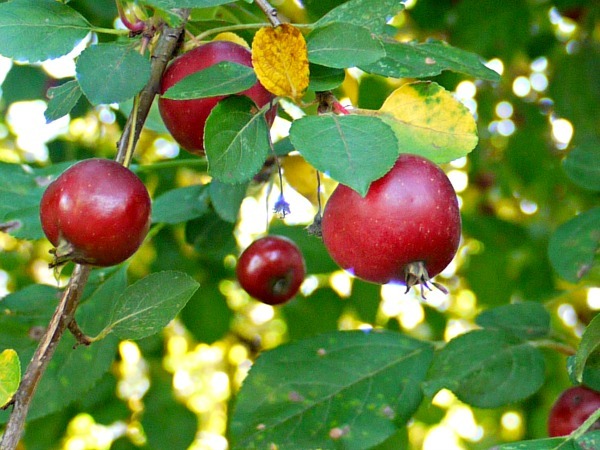
Crabapple Jelly
One of the ways that Mother Wilder would have used her sugar was to make crabapple jelly. According to The Little House Cookbook, “No guide to pioneer preserves can omit crabapple jelly, one of the many adornments of the Wilder supper table.” You can find recipes and learn more about the food they ate at the Little House on the Prairie ® website.
Crabapples are native to North America. This tart, small apple is high in pectin; no added pectin is needed when making crabapple jelly. Crabapples are often added to other fruits for jelly making as well, in place of pectin, like this recipe for Hedgerow Jelly.
I like to freeze my jelly, but Oak Hill Homestead gives instructions for canning and her version of Harvest Apple Jelly in this post.

Notice the 5 seeds that form a star. This assures you that your foraged fruit is indeed an apple.
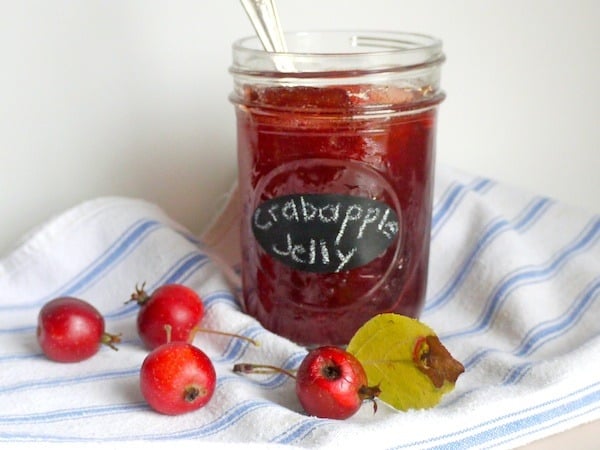
Crabapple Jelly
Ingredients
- 8 cups crabapples
- 2 cups organic sugar
Instructions
- Wash the crabapples and remove the stems. Cut each in half to be sure there is no rot or worms.
- Place in a large pot and cover with filtered water. Simmer for about 30 minutes until the crabapples are soft.
- Strain into a jelly bag (juice strainer). Squeezing the bag will produce more juice, but will also cloud the jelly.
- Add ½ cup organic sugar for every cup of juice produced. Boil over high heat until gelling point is reached.
- To test, place a spoonful of jelly on a plate and let cool for a minute in the refrigerator. Then run your finger through the jelly. If it remains separated on the plate, your jelly is done.
- Pour the jelly into hot, sterile 8 ounce canning jars leaving 1/2” space at the top. The jelly may be processed in a water bath canner for 5 minutes (adjust for high altitudes), or may be frozen.
Be sure to visit Little House on the Prairie ® on Facebook, Pinterest and Twitter.
